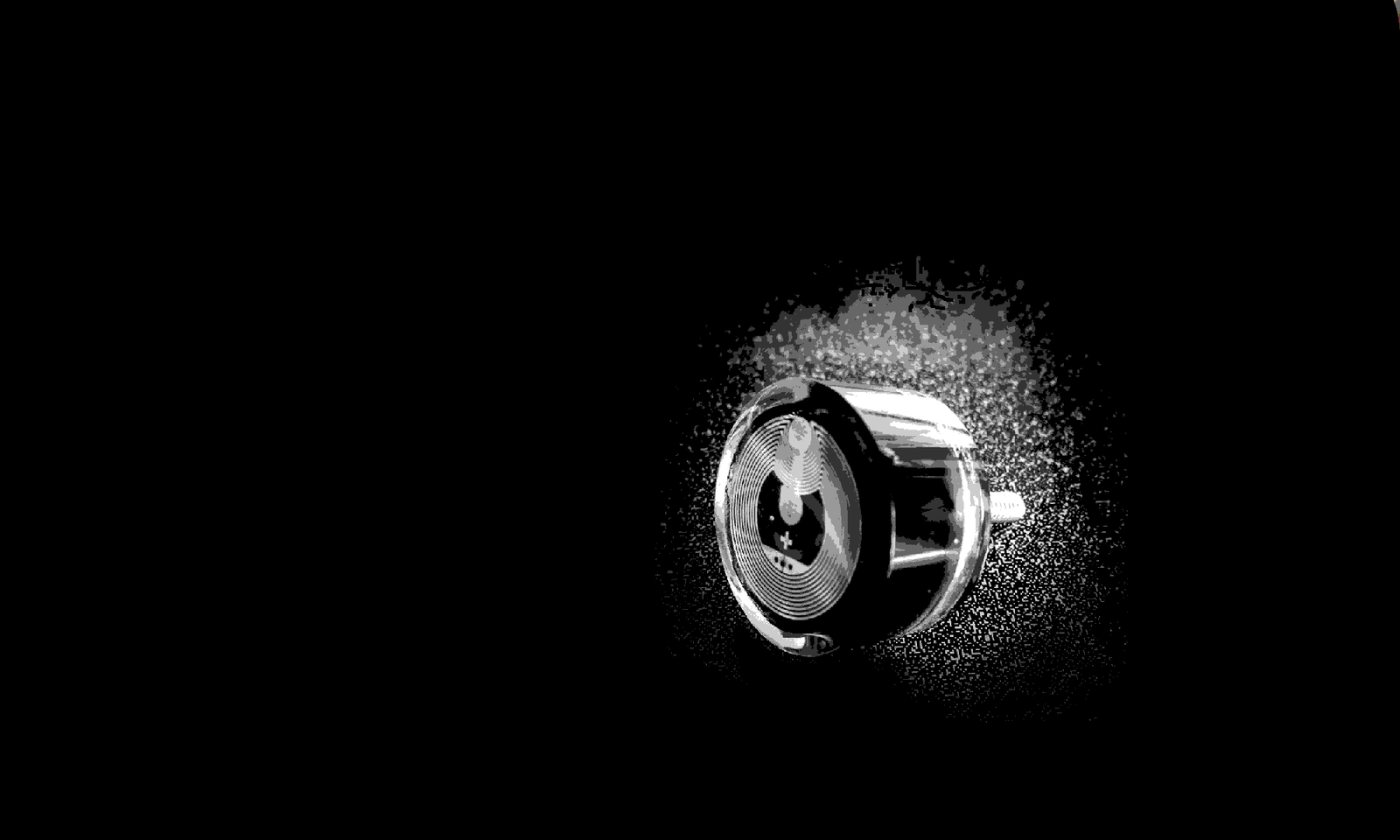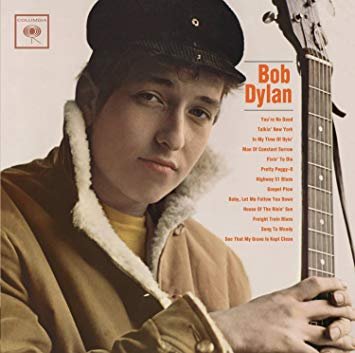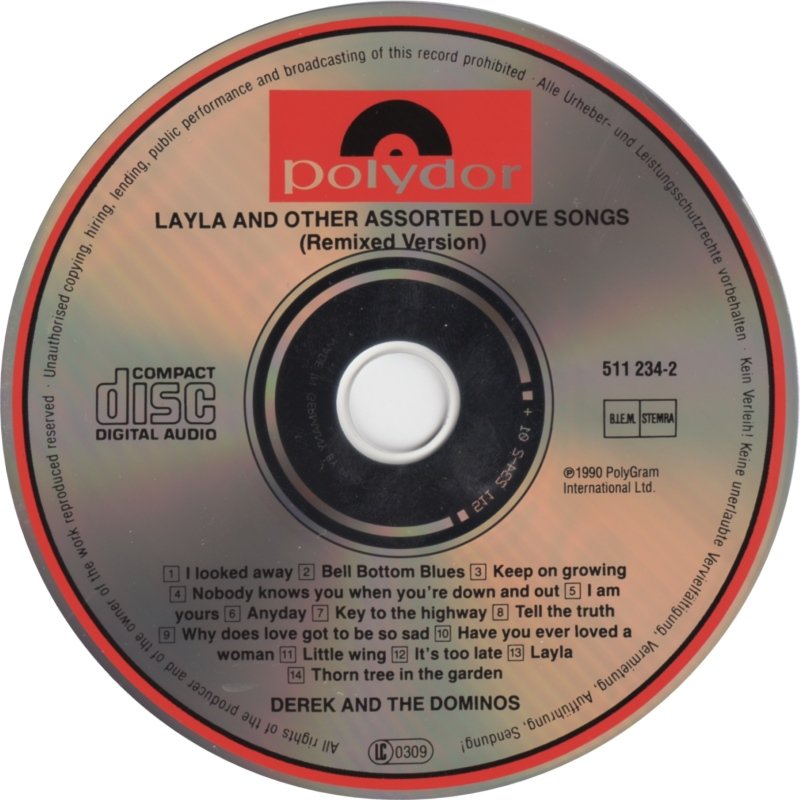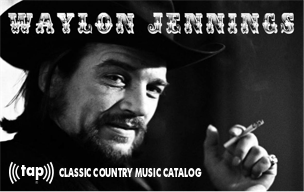Music Distribution Format Wars:
What’s Coming Next?

Like many of us, my love for music began as a young boy when I bought my first vinyl audio recording. Bob Dylan’s (1969) recording was one of my first.

Record albums were pressed in “vinyl” in those days, a material which nearly went extinct when other formats came along; formats which were less expensive to manufacture, less expensive to distribute and perhaps most importantly to be considered –more convenient– for people to buy and use.
Them rascally automobile manufacturers never figured out how to put a record turn table in a car so when we took our sweethearts to the drive-in we had to settle for eight track tape players.
I’ve heard it said Waylon Jennings gave Conway Twitty the nickname “Mr. Panty Dropper.” I’ve been playing guitar and trying to sing like Conway Twitty for decades but I’m telling you, back in the day they called boys like me hoods and we were way hipper than jocks because hoods knew the secret to hitting a home run with a girl was an Elvis tape.

The 8-track tape format had its day and tried to hold on for dear life. Capitalism and the ever present pursuit of the better mouse trap brought us the audio cassette tape format invented by Lou Ottens a Dutch audio engineer.
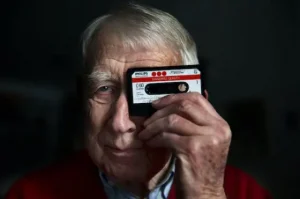
Not to be left behind the Japanese took the world by storm with the SONY Walkman® becoming a huge success as the way to playback audio cassette tapes as we roamed far and wide taking our music with us. I actually still have a Walkman and use it when occasionally taking walks to ponder my navel.
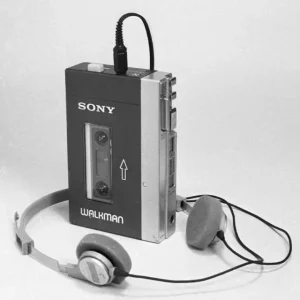

The CD format kicked ass and has remained viable for quite a long time. Easy to manufacture and reproduce, every band in the world that had not yet made it into retail began selling their self-produced CDs at every venue they performed at. The bands wasted no time learning to market their own product selling it direct to the customer. If they can do that they can retake control of monetizing their music. All it takes is the same effort using a new distribution format.
However, not unlike Little Miss Muffet who sat on her tuffet most musicians have been sitting on their asses and when the spider(s) came to sit down beside them the spiders took all the profits from them.
The spider was “streaming” an “access anytime and anywhere” distribution format by means of the Internet, the World Wide Web, and the “freemium” business model that not only disrupted CD it radically changed the quality of the audio consumers of music got indoctrinated into liking and it hasn’t changed.
If you want better audio quality you buy the CD. If you want the best audio quality you buy vinyl. If you want free or nearly free music you stream it.
People traded audio quality for convenience. Listening to music on a cellphone is not unlike going back in time and listening to music as if one were listening to AM radio with little teeny earphones on.
No tangible format like tape or plastic disks were needed anymore thank you very much; just pay a monthly streaming bill after the door swings shut on the free stuff.
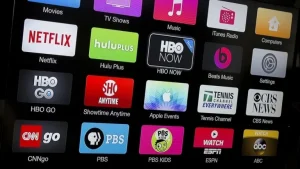
Streaming media brought to all of us by convenience hacked our human behavior by exploiting our tendency to want something free. The freemium business model has proven to be a successful means of providing instant gratification.
Although vinyl recordings and other distribution formats remain in retail their sales have taken a big hit. After all, it is very difficult to compete with bits and bytes that are given away free as the means to lure customers to the download button.
That’s the reason the pusher man gives away the first hit of heroin; he knows it will get you hooked and you’ll be paying from then on.

Even the pusher man has competition and the streamers are vulnerable to better mouse traps. The mouse trap that is slowly and surely tripped to fall on the neck of streaming companies and many other unsuspecting mice is a technology 60% of Americans are using since it was brought to America in 2014: Near Field Communication (NFC.)
The ability to tap-and-pay with a cellphone has opened up a world of possibilities to those who asked “If I can tap-to-pay what else can I tap on?”
All that stands in the way is time and the understanding by song writers and musicians –creators– that the use of NFC can, will and is disrupting the streaming business model. NFC can and will put the power and financial rewards of what is created back into the hands of the creators themselves.
Clinton Gallagher has become an –NFC expert– that got started learning how to make it happen in 2016.
If you’re one of the aforementioned 60% of Americans (or an early adopter from another nation) that analysts reported as of Q4 2022 have begun using their cellphone and contactless credit/debit cards to (((tap)))® and pay you will understand the time has come to put NFC to use for you…you might even get the clues in this blog leading the way to make it happen for creators.
No App. Just (((tap)))®
You’ve just read Clinton Gallagher’s explanation of the facts of life as they have become.
Follow up with this embedded video created by Rick Beato who explains why he thinks the record labels are no longer relevant to musician’s wanting to monetize the music they create…
